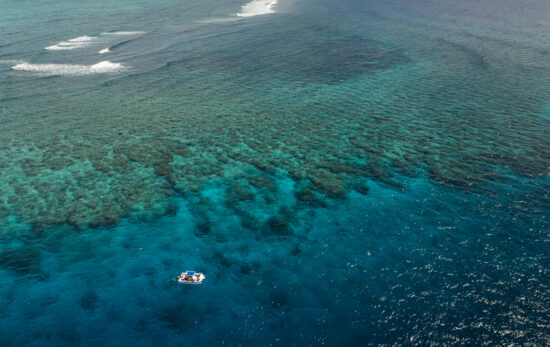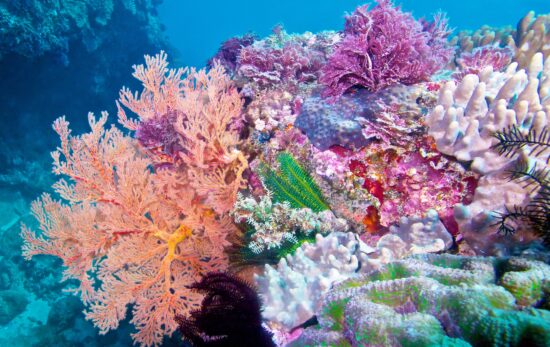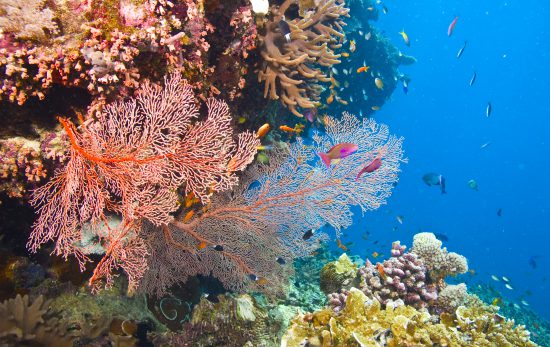Marine scientists have discovered what is believed to be the largest coral on Earth in the waters of the Solomon Islands. The colossal coral underscores the immense biodiversity of the region and offers new insights into the resilience of marine ecosystems.
Discovery in an Unexpected Location
The coral was identified during a National Geographic Pristine Seas expedition, a research trip visiting some of the most remote places in the Pacific Ocean. Underwater cinematographer Manu San Félix first noticed the massive coral structure while diving in an area expedition members had been told could be the location of a shipwreck. “In the first second, I realized that I was looking at something unique,” San Félix told Science News‘ Nikk Ogasa. Later, his discovery was confirmed through measurement and detailed analysis.
This coral takes the world record from another coral called “Big Momma” in the National Marine Sanctuary of American Samoa. Molly Timmers, Pristine Seas Lead Scientist, said in a statement, “While Big Momma looked like a huge scoop of ice cream plopped down on the reef, this newly discovered coral is as if the ice cream started to melt, spreading forever along the seafloor.”

An Unparalleled Ecosystem
The coral is a shoulder-blade coral (Pavona clavus) and is estimated to consist of nearly one billion stony coral polyps, each a tiny organism contributing to a vibrant and dynamic ecosystem. Enric Sala, a National Geographic Explorer in Residence and marine ecologist, commented on the scale and significance of the find for CBS News. “Just when we think there is nothing left to discover on planet Earth, we find a massive coral made of nearly one billion little polyps, pulsing with life and color,” Sala said.
This ecosystem is a critical habitat for marine life, supporting fish populations, invertebrates, and other corals in the area. Its discovery highlights the Solomon Islands’ global importance as a marine biodiversity hotspot.
Local Perspectives on Protection
For the Solomon Islands, the discovery is not just a scientific marvel but a resource to be carefully managed. Trevor Manemahaga, the country’s climate minister, emphasized the economic and ecological importance of coral reefs to the region. “We want the world to know that this is a special place and it needs to be protected,” he said in an interview with BBC News’ Georgina Rannard. “We rely mostly on marine resources for economic survival, so coral is very, very important. And it’s very crucial and critical for our economy to make sure our coral is not exploited.”

The Need for Action
The discovery of the world’s largest coral comes at a time when coral ecosystems worldwide face severe threats from climate change, overfishing, and pollution. Coral bleaching events caused by rising ocean temperatures have devastated reefs globally, and the Solomon Islands reef may not be immune to such pressures without dedicated conservation efforts. Become an Ocean Torchbearer today to learn how you can make a difference and help us save the ocean.
See It for Yourself
While scientists continue studying this extraordinary coral, it serves as a reminder of the underwater wonders still waiting to be discovered. Diving offers a unique way to connect with the ocean and its hidden treasures. If you’ve ever wanted to experience the magic of the underwater world, now is the time to take the plunge.
Get started on your scuba diving journey today. Learn how to dive and be part of the global community exploring and protecting our oceans. Visit PADI.com to find a dive course near you and begin your adventure.
The image featured at the top of this article is by Manu San Félix/National Geographic Pristine Seas.



